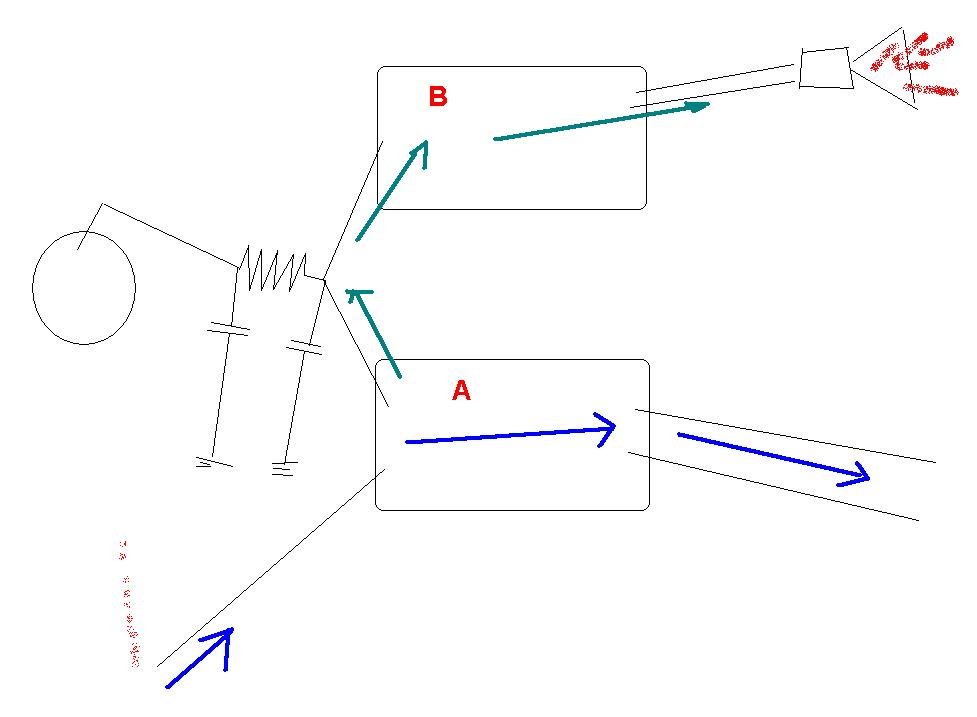Rerurn to Romy the Cat's Site
In the Forum: Melquiades Amplifier
In the Thread: Single-stage Melquiades vs. DHT amps
Post Subject: My attitude toward tube rectification.Posted by Romy the Cat on: 2/7/2009
fiogf49gjkf0d
It is only if you chose to employ tube rectification. Many people claim that tube rectification affects sound greatly in this or that way and they are right, it does. However, it does only because the circuit is designed to be affected by rectification. Let see what we have in case of tube rectification. Uselessly after the rectifier we have a small cap to ground then in best case a choke and another small cap. In better case we have another few CL or RC chains. The rectifiers can’t handle fast inrush of current to charge big caps. To put time delays is expensive, so most of the tube amps end up with 20-100uF anode cap. The ripples looks like more or less killed, and AC coming from tube look like has some path to ground. However, the capacitance of the last cap before anode is small and cap does not act as brick wall, shunting all AC right the way to ground, letting the AC voltage from plate to “see” choke and to see the rectifier tube. Sure, in this case the sonic characteristics of choke and rectifier maters.
Look what I do. I use SS rectification and invariably input choke filter with additional RC chain. The key in here is to use the last cap of a large value that would decouple the PS from AC voltage. This way rectification is less irrelevant and I did a bunch of the tests to confirm it. In fact I found that tube rectification had lighter lower frequency harmonics that I did not like.
I can give you an interesting test to look into it yourself. Take you normal tube rectified SET mono-blocks (A and B). Drive A amp normally but B amp connect in a kinky way. You need to power the driver stage off the B amp from the last cap of the A amp’s power supply. Then feed the A amp with signal but listen not the A amp but the result of penetration of AC voltage unto the B amp. Diving the last cap on the A amp down you will make the AC voltage from plate of A amp to find ground deeper into A amp’s choke and rectifier. The further ground is the better sound you will hear via the B amp. Your objective shall be to have the worst sound from B amps, or in the best case absolute silence from it. In this case the A amp will be indifferent to anything behind the last cap. I made those experiments and … I do not listen the sound of rectifiers. I do not say that it is imposable to make good sounding amp with PS elements being “in AC path”. I just try do not do it…

The CatRerurn to Romy the Cat's Site